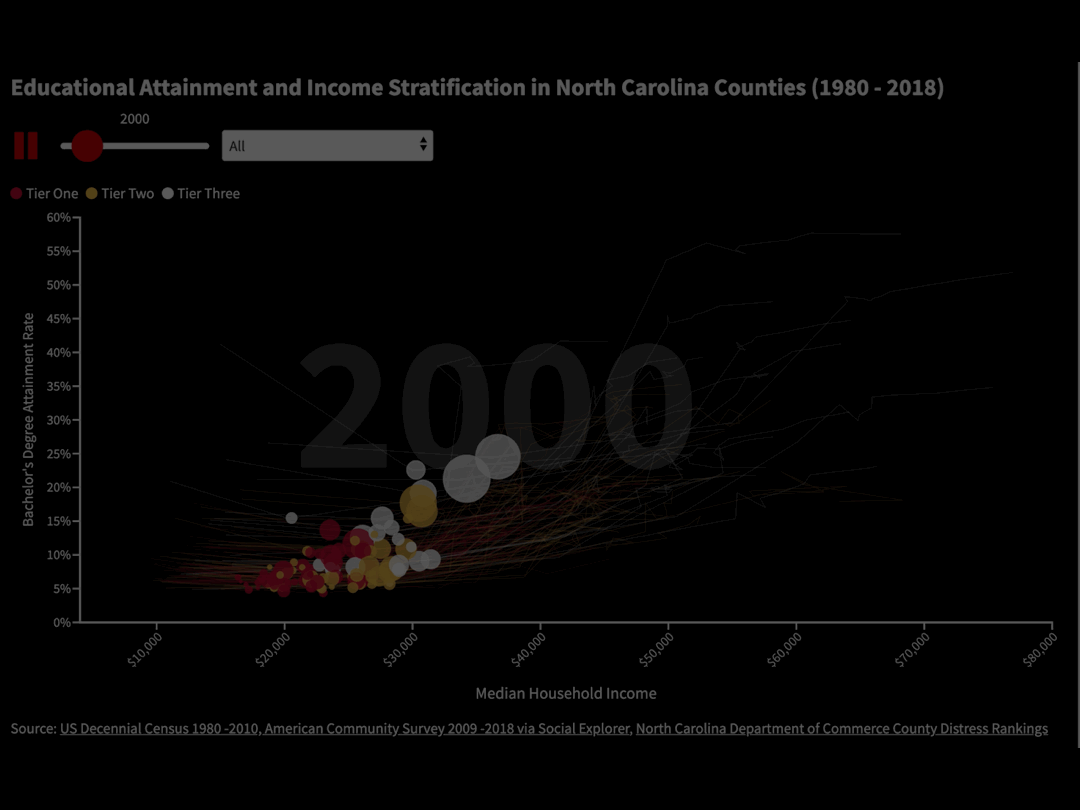No, health insurance should not be tied to your job

Here is why.
Between March 15 and April 25, more than 30 million American workers lost their jobs during the economic slowdown caused by COVID-19.
More than a million of those workers are from North Carolina, and while talks of reopening businesses ramp up, there is much uncertainty around how quickly many employees will be rehired or find new jobs. With the occupational environment in a state of flux, some economists predict that the jobless rate could reach 30%. Since most health insurance coverage is tied to employment, such stark job losses are having an enormous impact on North Carolinians’ ability to access health care.
Earlier this month, the Urban Institute and the Robert Wood Johnson Foundation published a report highlighting this issue in very precise and quantitative terms. The authors employed a model that predicted the loss of employer-sponsored health insurance under three national unemployment rate scenarios: 15%, 20% and 25%. While many of the newly unemployed will become eligible for Medicaid or Marketplace coverage with federal subsidies (financial help), a number of Americans will become uninsured.
In states that have refused to expand Medicaid, the percentage of newly unemployed becoming uninsured is much higher than states that chose to expand Medicaid. The model revealed that in expansion states of the 11.6 million losing employer-sponsored health insurance, 2.6 million or 23% would find themselves uninsured.
In non-expansion states like North Carolina, of the 6 million who have lost employer-sponsored health insurance, 2.4 million, or 40%, could find themselves uninsured. The visualization above illustrates how states measure up when considering ESI loss population eligible for Medicaid and those from the same group now projected to be uninsured.
The decision to refuse to expand Medicaid in North Carolina has had numerous negative implications such as rural hospital closures, the burden of needless uncompensated care, an over-reliance on emergency rooms as primary care facilities, as well as preventing more than 500,000 people from access to quality health coverage.
Read the report here.





